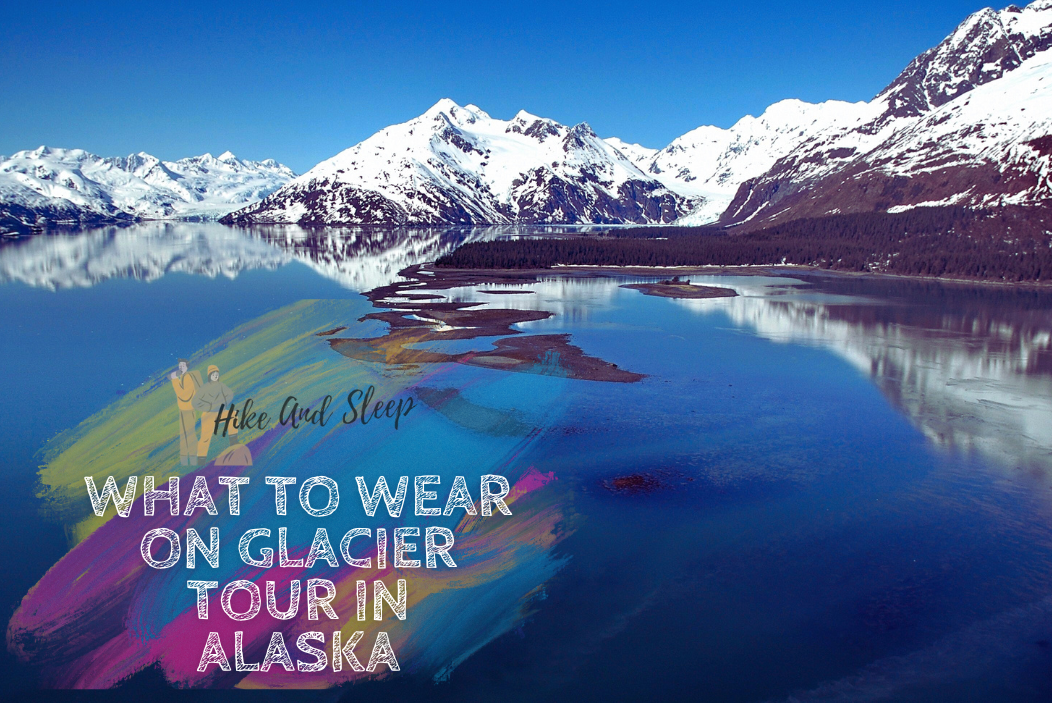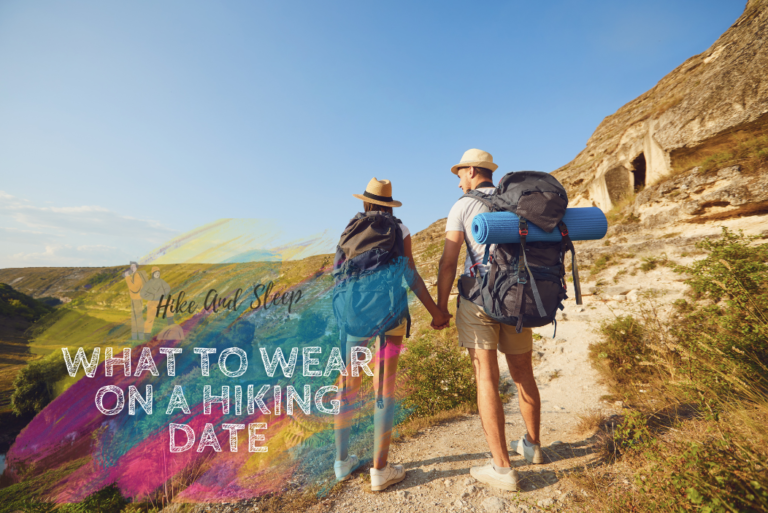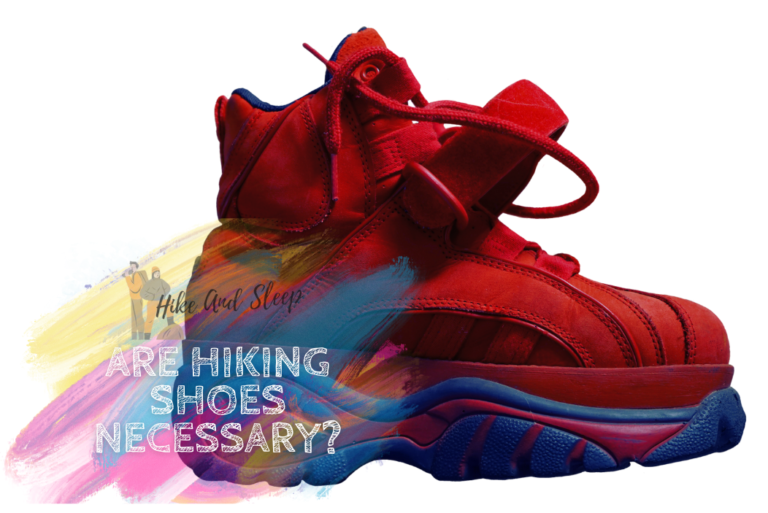What To Wear On Glacier Tour In Alaska
As you embark on an unforgettable glacier tour in the majestic landscapes of Alaska, it is crucial to equip yourself with the right attire for the challenging conditions that await.
Imagine standing amidst towering ice formations, feeling the crisp Arctic air on your skin.
This article will guide you through the essential clothing and gear to ensure comfort and safety during your glacier exploration.
Discover the layering techniques, insulated outerwear, and protective gear that will allow you to roam freely and embrace the beauty of Alaska’s glaciers.
Table of Contents
Key Takeaways: What to Wear on Glacier Tour in Alaska
- Layering is essential for cold weather, with thermal underwear and high-quality outerwear providing insulation, moisture-wicking, and breathability.
- It is important to choose hats and gloves that are windproof, waterproof, and insulated to protect against harsh conditions.
- Insulated boots with thick insulation, water-resistant outer material, and good traction are necessary for glacier exploration.
- Protective gear such as glacier sunglasses, gloves, climbing helmets, and crampons should be worn to ensure safety during glacier travel.
Recommended Read:
Layering Techniques for Cold Weather
Optimal layering strategies are crucial for withstanding the extreme temperatures experienced during a glacier tour in Alaska. When preparing for such an adventure, it is essential to consider thermal underwear options for extreme cold and choose the right hat and gloves for cold weather layering.
Thermal underwear serves as the foundation of any layering system, providing the first line of defense against freezing temperatures. It is recommended to opt for high-quality thermal underwear made from materials such as merino wool or synthetic fabrics like polyester. These materials offer excellent insulation, moisture-wicking properties, and breathability, ensuring maximum comfort and warmth.
In addition to thermal underwear, choosing the right hat and gloves is vital for cold-weather layering. A good hat should cover the ears and forehead, protecting them from frostbite and heat loss. Look for hats made from wool or fleece, as they provide excellent insulation. Similarly, gloves should be windproof, waterproof, and insulated to keep your hands warm and dry throughout the glacier tour. Consider gloves with touchscreen compatibility, allowing you to operate electronic devices without exposing your hands to the cold.
Insulated Outerwear for Extreme Conditions
One key component of dressing for a glacier tour in Alaska is investing in at least two layers of insulated outerwear to provide maximum protection against extreme conditions. Here are four essential items to consider for your insulated outerwear:
- Down-Filled Jackets: These jackets are filled with goose or duck down, which provides excellent insulation and warmth. Look for jackets with a high fill power rating for maximum loft and heat retention.
- Thermal Pants: Thermal pants are designed to keep your lower body warm and protected from the cold. Look for pants made from materials such as merino wool or synthetic fabrics that offer excellent breathability and moisture-wicking properties.
- Insulated Gloves: Your hands are prone to frostbite in extreme cold, so investing in a pair of insulated gloves is crucial. Look for gloves with a waterproof outer layer and a warm, insulating lining to keep your hands dry and comfortable.
- Insulated Boots: Your feet are susceptible to frostbite and cold-related injuries, so investing in insulated boots is essential. Look for boots with a thick, insulating lining, water-resistant outer material, and good traction to keep you stable on icy surfaces.
Essential Footwear for Glacier Exploration
Investing in durable and waterproof hiking boots, as well as crampons for added traction, is essential for glacier exploration in Alaska. When it comes to choosing appropriate boots for icy terrain, it is crucial to prioritize warmth, comfort, and stability. Look for boots with a sturdy outsole that provides excellent grip on slippery surfaces. Opt for insulated boots that will keep your feet warm in freezing temperatures. Additionally, make sure the boots have a waterproof membrane to keep your feet dry while navigating through the icy terrain.
In addition to the right boots, wearing the best socks for keeping feet warm on glaciers is equally important. Look for socks made from merino wool or synthetic materials that provide insulation and moisture-wicking properties. These socks will keep your feet dry and warm, even in the harshest conditions. Avoid cotton socks, as they tend to retain moisture, which can lead to cold and uncomfortable feet.
Protective Gear for Glacier Travel
To ensure the safety and well-being of all individuals, it is crucial to have the appropriate protective gear and equipment for glacier travel in Alaska. The extreme conditions and potential hazards of glacial environments make it essential to be properly prepared.
Here are four items that should be included in your gear list:
- Glacier sunglasses for eye protection: Glare from the sun reflecting off the ice and snow can be intense and harmful to your eyes. Glacier sunglasses are designed to block harmful UV rays and reduce glare, ensuring clear vision and protecting your eyes from potential damage.
- Glacier gloves for warmth and grip: Glacier gloves are specifically designed to provide warmth and protection in cold and wet conditions. These gloves are insulated and waterproof, keeping your hands dry and warm. Additionally, they have a textured palm for enhanced grip, allowing you to hold onto ropes and ice tools securely.
- Climbing helmet for head protection: A climbing helmet is an essential piece of protective gear for glacier travel. It protects your head from falling ice, rock, or other debris. In case of a fall or accident, a helmet can significantly reduce the risk of head injuries and ensure your safety.
- Crampons for traction: Crampons are metal spikes that attach to your boots, providing traction on icy surfaces. They are crucial for navigating steep and slippery terrain on glaciers. Crampons grip the ice, preventing slips and falls, and allowing you to move confidently and safely.
Accessories and Extras for Comfort and Safety
When preparing for a glacier tour in Alaska, it is important to consider the accessories and extras that can enhance both your comfort and safety throughout the journey. These additional items can ensure an enjoyable and worry-free experience while exploring the stunning landscapes of Alaska’s glaciers.
One essential accessory to consider is heated clothing. The freezing temperatures on glaciers can be extremely harsh, and wearing heated clothing can provide much-needed warmth and comfort. Heated gloves, socks, and jackets can help to regulate your body temperature and prevent frostbite or hypothermia.
Another crucial accessory for safety is emergency communication devices. When venturing into remote areas, it is vital to have a reliable means of communication in case of emergencies. Portable satellite phones or emergency beacons can help you stay connected and call for help if needed. These devices can be a lifeline in situations where there is no cell phone coverage.
To summarize, when preparing for a glacier tour in Alaska, don’t forget to pack heated clothing to combat cold temperatures and consider investing in emergency communication devices for your safety. These accessories and extras will ensure that you can enjoy your adventure while having peace of mind. Stay warm, stay safe, and enjoy the freedom of exploring Alaska’s magnificent glaciers.
| ACCESSORIES AND EXTRAS |
|---|
| Heated Clothing |
| Heated gloves |
| Heated socks |
| Heated jackets |
| Emergency Communication Devices |
| Portable satellite phones |
| Emergency beacons |
Conclusion
So what to wear on a glacier tour in Alaska? When preparing for a glacier tour in Alaska, it is crucial to prioritize:
- Layering techniques
- Insulated outerwear
- Appropriate footwear
- Protective gear
These essential items will ensure comfort and safety during the expedition.
As a striking statistic, it is worth mentioning that Alaska’s glaciers have been melting at an alarming rate, with an estimated loss of 75 billion tons of ice per year. This highlights the urgency of experiencing these natural wonders before they disappear.





